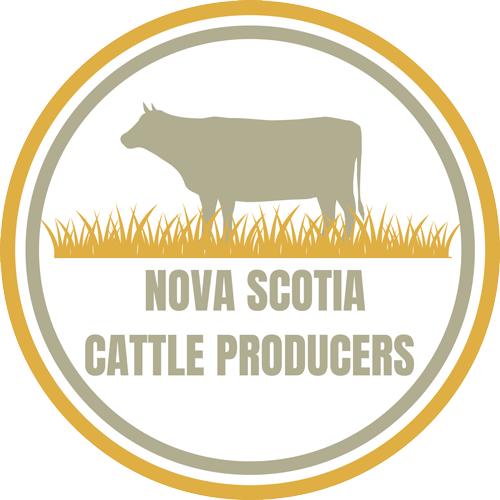Animal Health
Transportation Regulations
The Transportation Regulations for livestock were amended in Canada on February 20, 2020. Below are CFIA resources which highlight these changes:
Health of Animals Regulations: Part XII: Transport of Animals-Regulatory Amendment
Timeline of Health of Animals Regulations
Make sure your calf is fit for transport
Livestock Transport in Canada Brochure
Canada Transport Regulations – Comparisons
Transfer of care and record keeping fact sheets
Records and Transfer of Care comparison for transporters
For additional information, please contact: CFIA
Contingency Plan & Contingency Plan Event Templates
Canadian Beef Cattle On-Farm Biosecurity Standard
Biosecurity and Its Importance to Individual Producers and to Canada’s Beef Cattle Industry
Biosecurity is an important tool that producers can and do use to manage disease in the Canadian beef cattle industry. Diseases such as infectious bovine rhinotracheitis (IBR), bovine viral diarrhea (BVD), Mycobacterium avium paratuberculosis (Johne’s disease) and neonatal calf diarrhea (scours) are all too familiar to producers throughout the industry and, in many cases, are endemic throughout most of North America. Although these diseases may be eradicated from a particular herd, there is an ongoing risk of re-occurrence that can be managed through biosecurity.
These diseases, along with others, come at a cost to producers, whether measured in terms of dollars and cents, lowered productivity, or animals lost. It is estimated that respiratory disease accounts for 16% of calf loss. Other estimates suggest that the diarrhea in neonatal calves results in 5% of all calf losses – a figure that increases to 25% when older calves are included. When multiplying these losses and their related costs across the more than 80,000 operations that raise beef cattle in Canada, it is clear that reducing the impacts of such diseases may result in significant savings to the industry as a whole.
The same principles that enable producers to better manage the risks of endemic disease within their operations may have a cumulative effect if applied across the industry, and thus facilitate the reduction of diseases that are considered endemic.
Applied across the industry, these principles will also reduce the risk of an emerging disease or a foreign animal disease (FAD), namely, foot-and-mouth disease (FMD). An outbreak, particularly one such as FMD, could have devastating impacts on individual operations and on the industry as a whole. It is estimated that the economic impacts of an FMD outbreak in Canada could be reduced from $48 billion to $23 billion, and possibly to $6.6 billion, by the presence of moderately effective, or even highly effective, policies that address zoning, identification and traceability, and biosecurity.
Although the severity and impact of endemic, emerging, and FAD outbreaks may differ, they are all caused by diseases which themselves are caused by organisms. Managing the outbreak, therefore, requires management of the organism. Just as these principles can control and reduce the impacts of endemic diseases, so, too, can they control and reduce the impacts of a FAD or an emerging disease.
